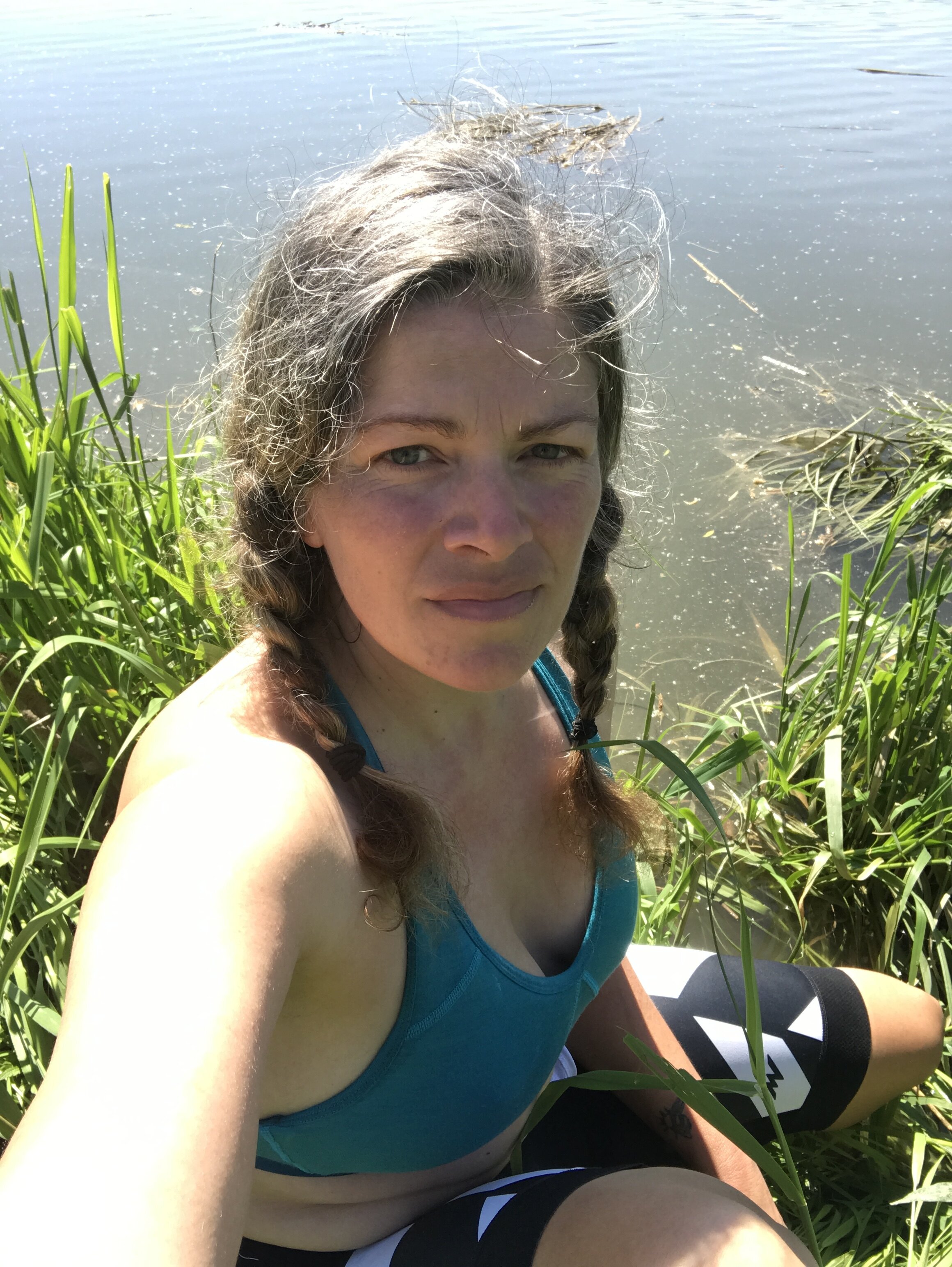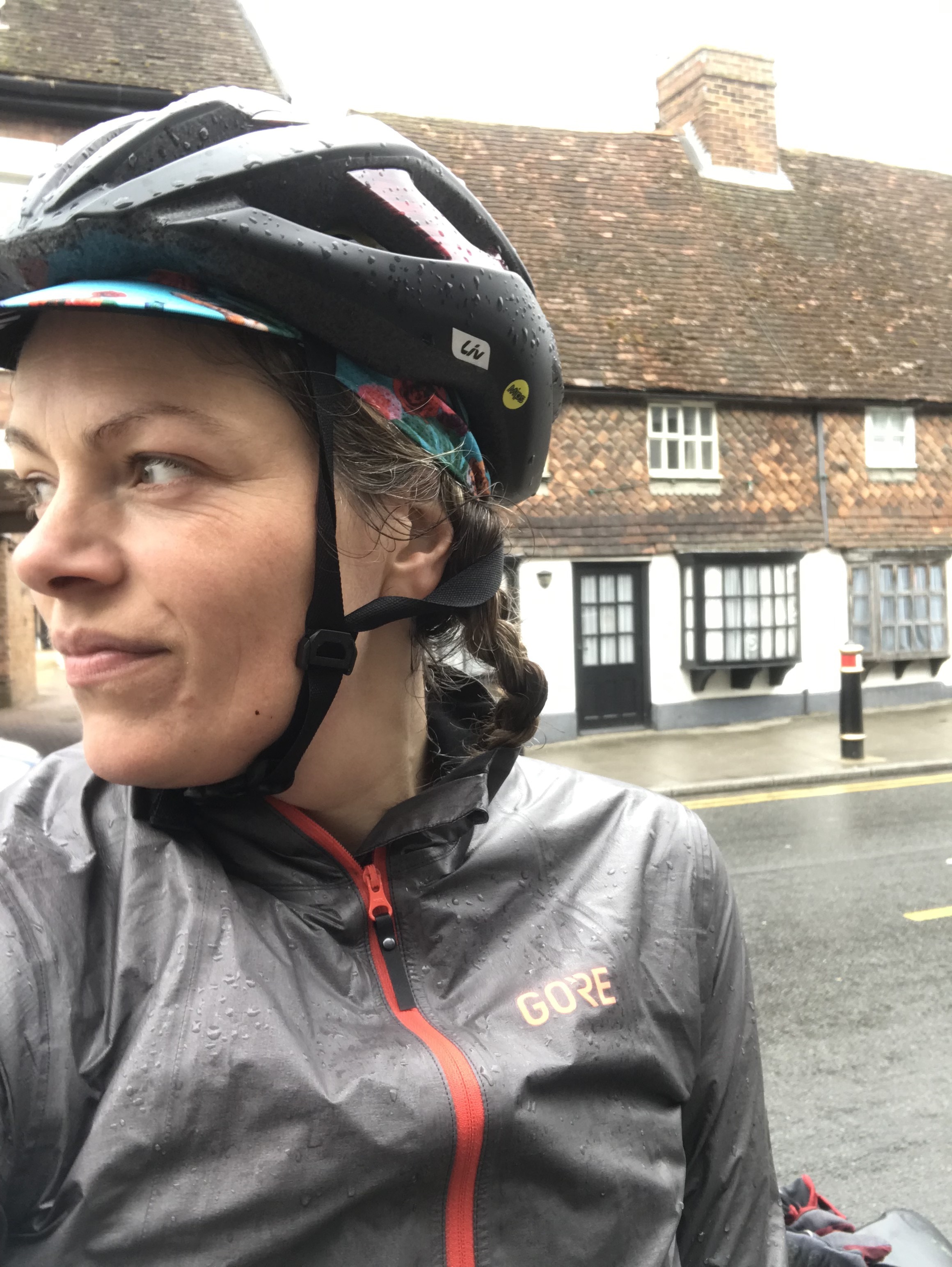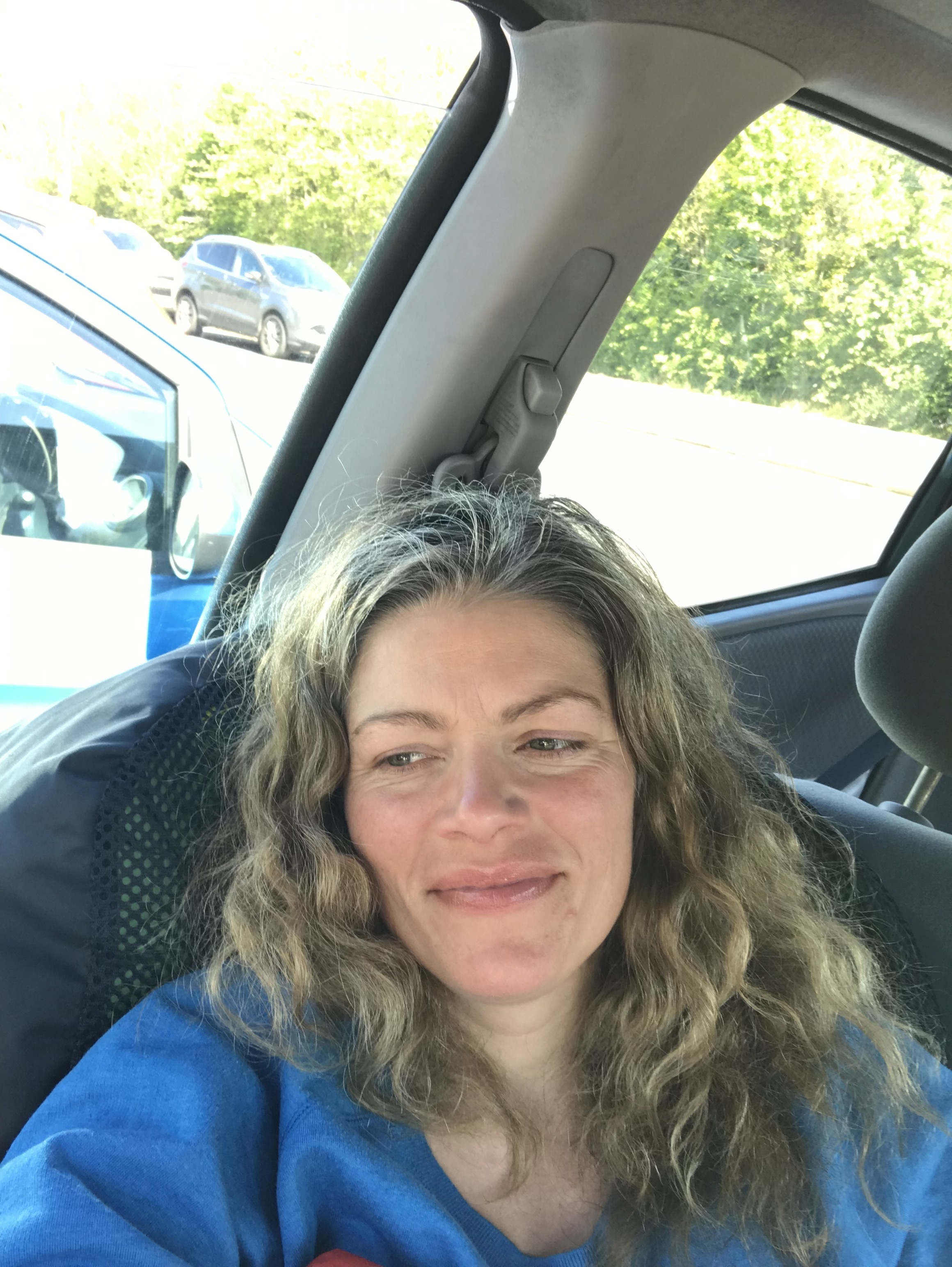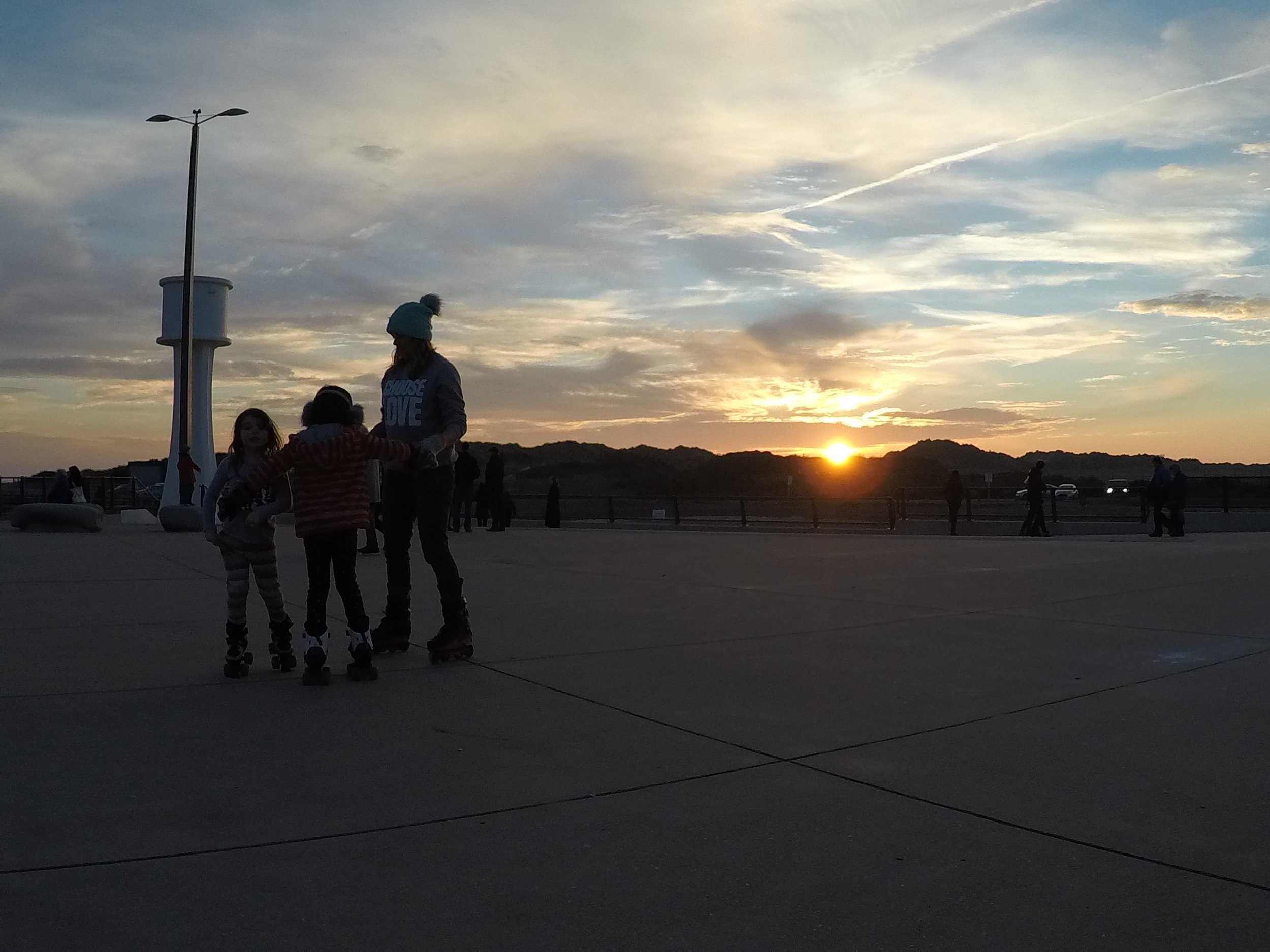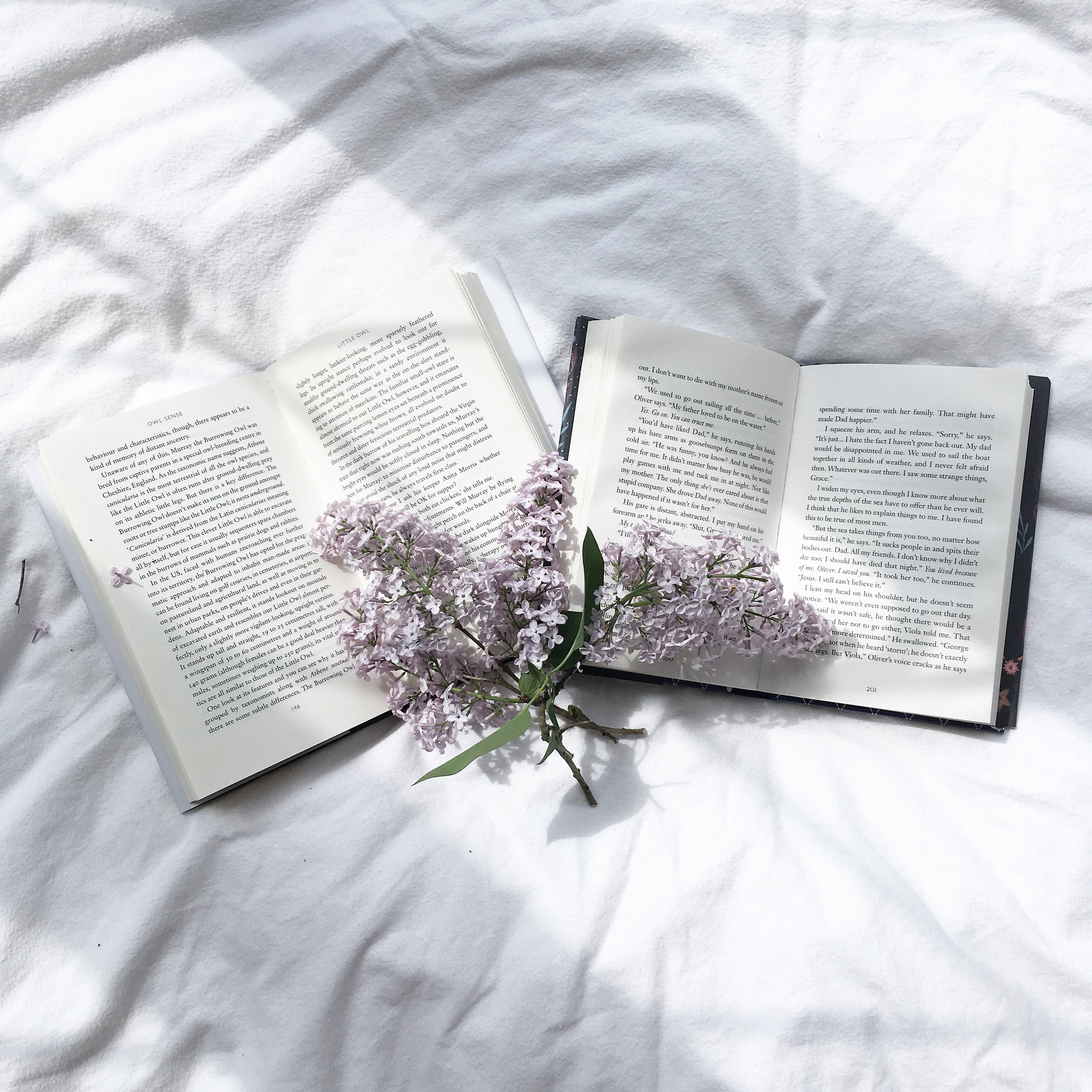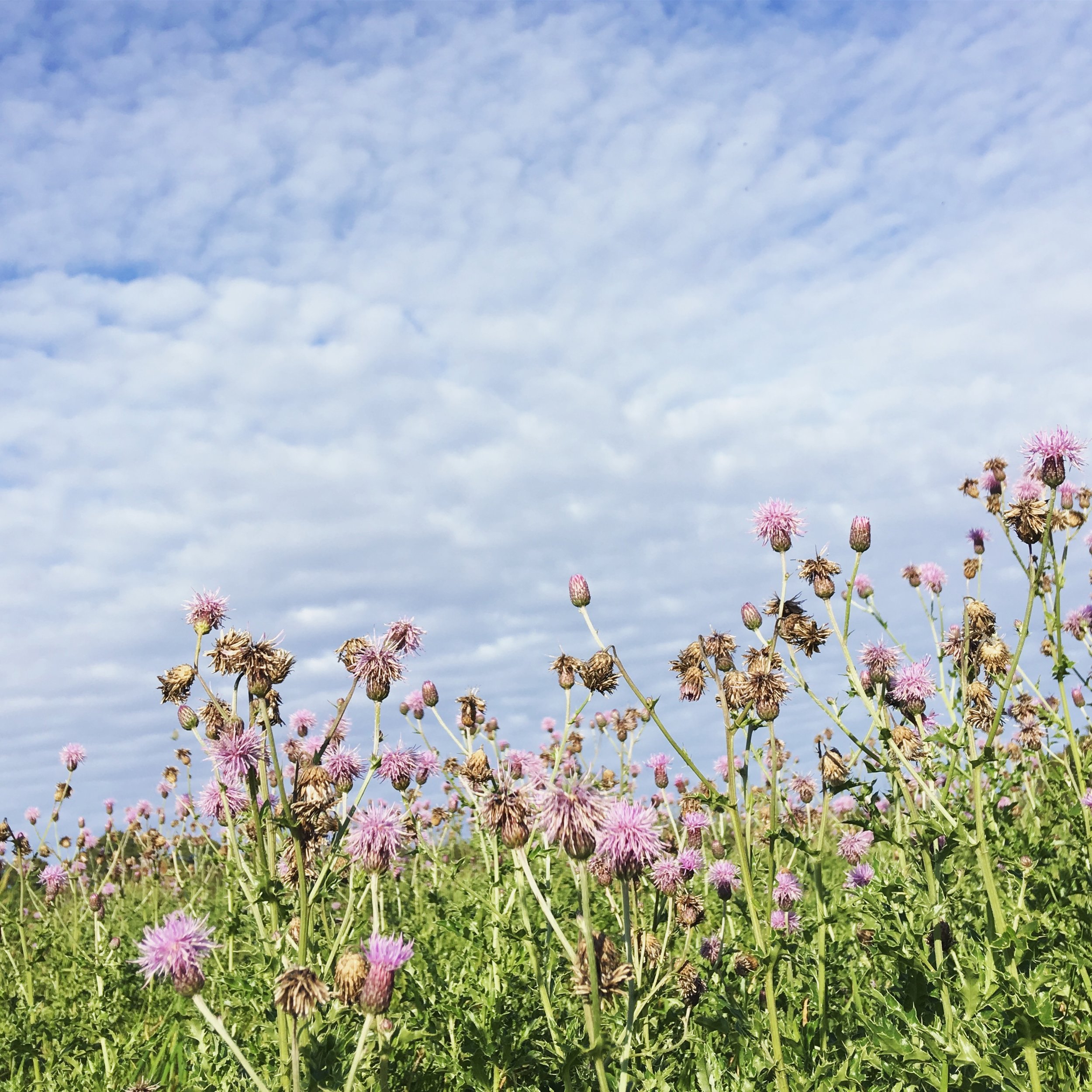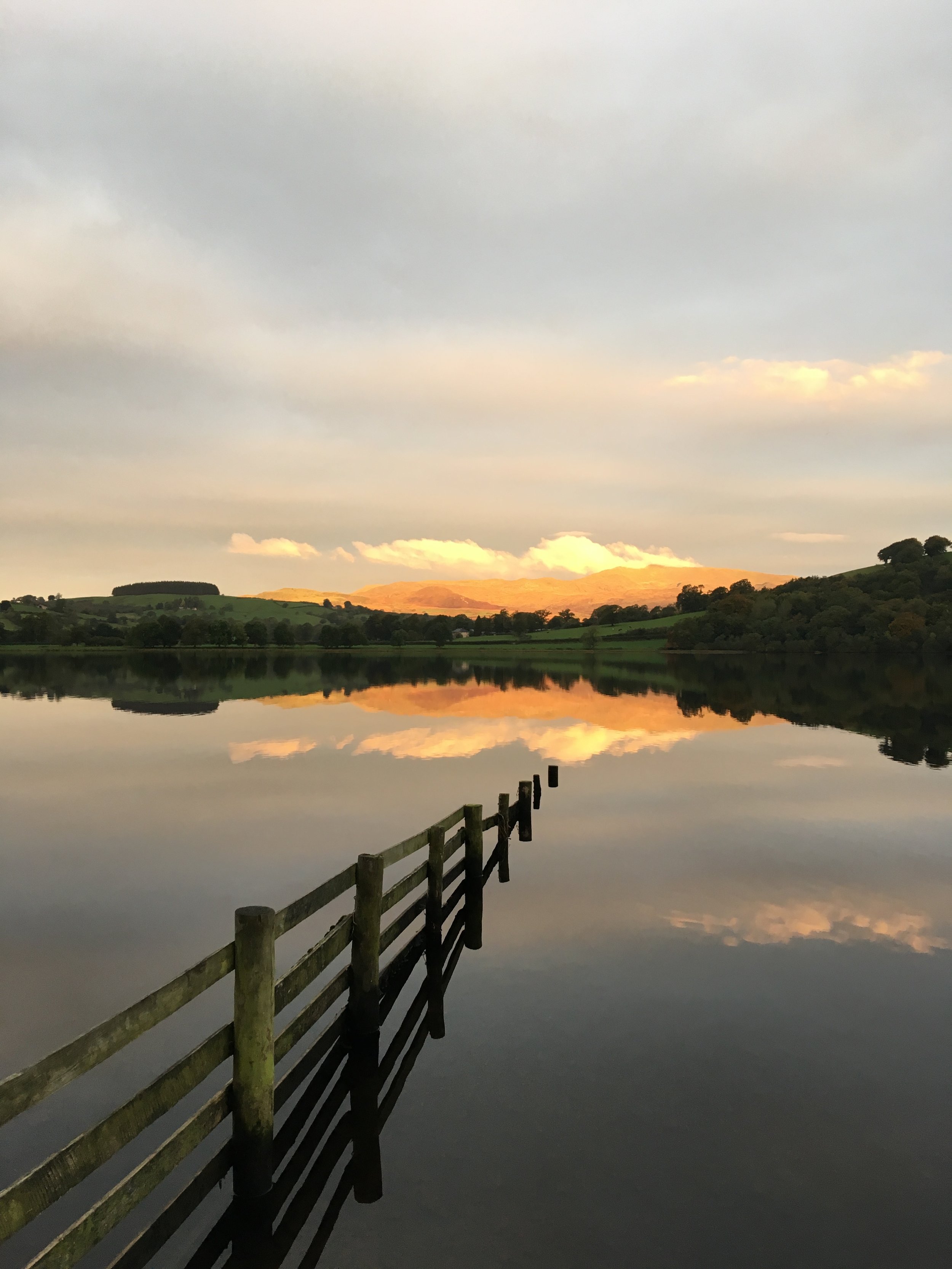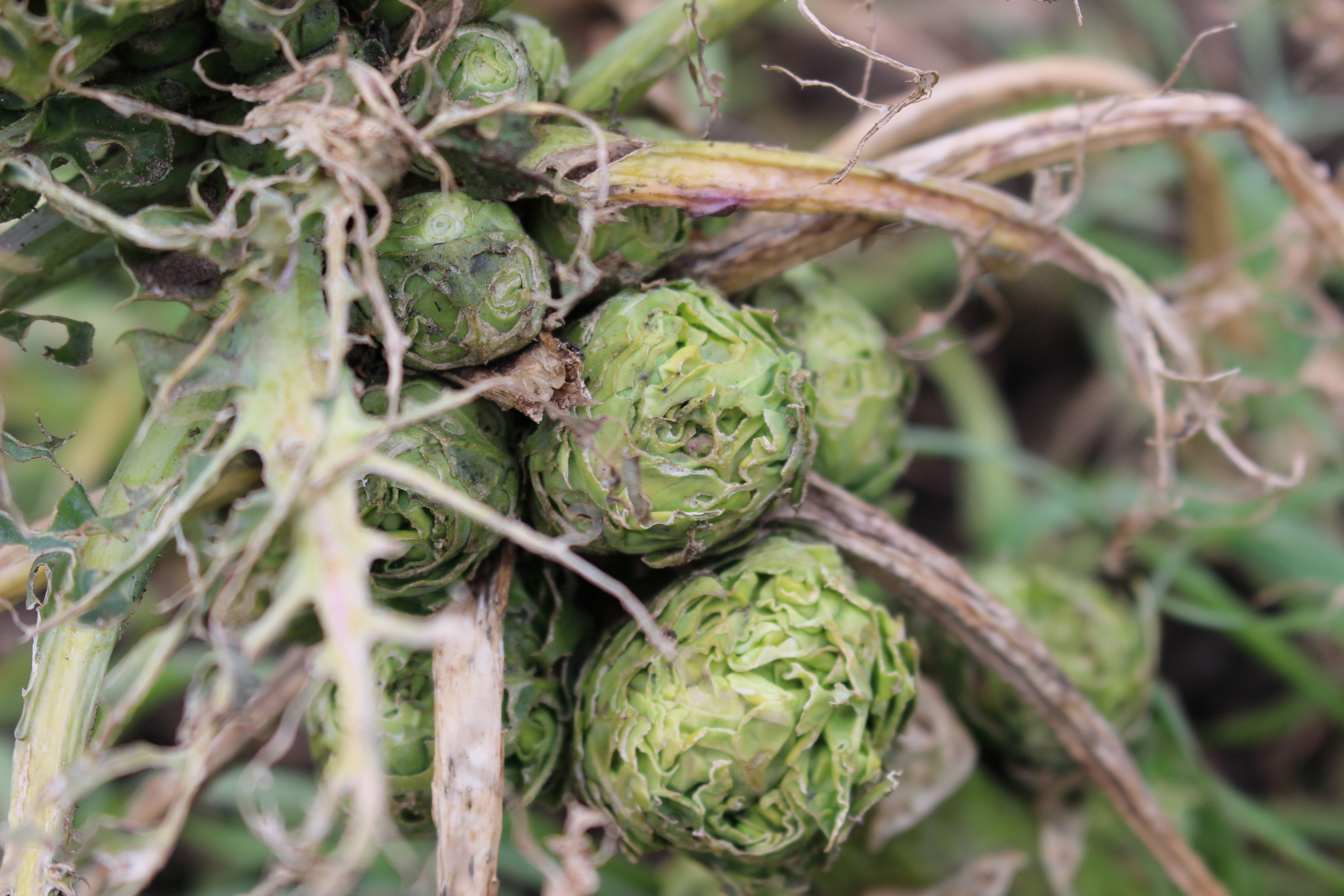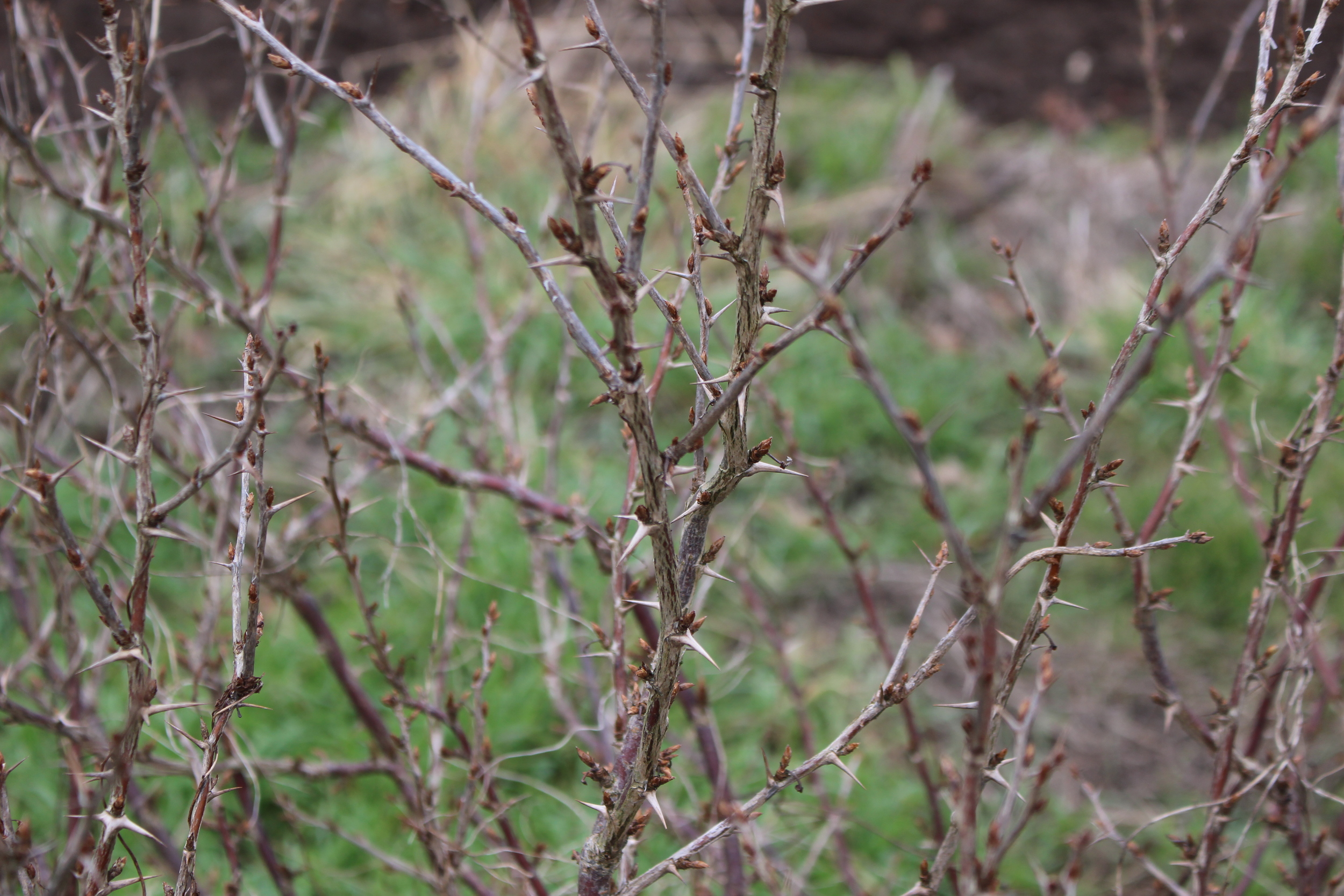You’ll keep going your way
I’ll keep going my way
River, stay away from my door
(Paul Robeson’s is an infinitely deeper, more solemn and glorious version of this song than Frank Sinatra’s. It was played at my grandfather’s funeral and reminds me of something of the essence of him, as I remember him, even though that was the first time I’d ever heard it)
When my daughters were very young we spent a lot of time in and around the River Wandle. At one point our house backed onto its banks, and I was warned against letting Cherry paddle barefoot in the very shallow, clear part closest to us due to the frequent volumes of knives and syringes that were reportedly pulled out of it. I came back from a bike ride one day to find the girls, with their dad, planting up some of the banks with a local volunteer group. Violet, barely more than a baby, was plastered head to toe in river mud. I still remember the predominantly male volunteers astonishment that I didn’t instantly berate the girls’ dad for allowing my baby to cover herself in mud. They weren’t to know of course that mud, and rivers, were my domain.
The Wandle is a shallow, meandering sort of river in most of the places we interacted with it. I googled and was assured otters frequented it and the only kingfishers I have seen to date were on the Wandle. I don’t think we ever found a part deep enough for the girls to swim in, which was just as well because they were wading in it years before either of them could swim.
I associated the river inextricably with my experience of motherhood, its meanders seemed to soothe me through the reality of raising two children. I fondly imagined the Wandle parented with me, calmed the girls as it calmed me, intrigued them as it intrigued me, and held us all in its womanly curves. The relentless flow felt like a metaphor for the passage of time as experienced through the eyes of a mother, seemingly always the same whilst constantly slipping away to make way for the new, changes so subtle and imperceptible that still somehow came as a surprise.
Nobody ‘official’ ever told us we couldn’t paddle in the river although well-meaning passers-by were full of reasons why we ‘shouldn’t’, ranging from concerns about dirt and mud, to riverbourne diseases, to an adamance my girls would ‘catch their death’ although to my knowledge not one child has died of exposure or hypothermia from paddling in the River Wandle. We had friends who joined us but many weren’t so lucky. Sometimes passing children would ask their parents or grandparents if they could paddle too and I heard a lot of ‘ugh no! Dirty!’ and other strange attitudes to our waterways. I even once heard ‘no, you’ll get your wellies dirty’.
Now we live in Sussex the Wandle has been replaced by the Arun as ‘our’ river. The Arun is also the river of my childhood and it occurs to me now, as my new relationship with it begins, that I never once as a child paddled or swam in the Arun.
A deep, fast-flowing, tidal river, the Arun begins at a series of springs and ghylls in St Leonard’s Forest, just outside Horsham. A recent bike ride to investigate revealed little of note to the naked eye, trickles and ditches but nothing I could instantly identify as the source of the Arun. Nonetheless by the time it reaches a piece of West Sussex I know as Lee Place, also ‘the end of Harsfold Lane’ that lies geographically somewhere between Wisborough Green, Billingshurst and Pulborough, it is wide, deep and imposing with steep banks. Perhaps this is why I never got in it.
More likely I never thought to. Even for somebody as prone to wandering and blatant trespassing as me the river was off-limits. I still don’t really know why, my parents never to my recollection raised any objection to me returning home in any sort of sodden or mud-soaked state, and I don’t remember being told to keep out of water. I swam in the lakes on family holidays to the Lake District and in the sea at Littlehampton where the Arun returns to the mother. Nonetheless it never occurred to me then that I could swim in the Arun but since coming back to Sussex I’ve felt the pull of the river every time I pass it by.
My good friend and source of all wisdom on open-water swimming Debbie Burton says some people dip, and some people swim. I think I’m the former, because although my instincts now always urge me into the water it’s the experience of being connected with the habitat that I want, I’m a competent enough swimmer but I’ve yet to feel the urge to seriously swim. Maybe it’ll come, as time passes the idea of slipping into the river from one of the various bridges nearby and swimming a way up, or downstream, is appealing.
Even so it took me a long time to swim in the Arun. I’d been living here for nearly a year before I christened myself and the first time I did so it took ages. I can’t really explain why. The area I chose was recommended by several wild swimming publications, all of which seemed legitimate, and there were no obvious NO SWIMMING signs and the presence of a NO DIVING in fact strongly suggested this was a spot many others had deduced was suitable for swimming. But I sat on the bank for a good half hour, sweating after a long bike ride and stripped down to my bra and bib shorts, barefoot and trying desperately not to think about what lay beneath the rushes and what might ooze in the slime at the bottom of the water.
There’s a primal sort of fascination and revulsion at the thought of the secret life of rivers, the nymphs and ghastly worms that live in the riverbed, the horrifying sucker-like creatures we imagine spiral through dank waters, the nibbly insects, the fish - what if they bite? Do fish bite? I’ve seen the size of some of the pike my brother hauled out of the Arun when he was a teenager.
Then there’s the sense of being somewhere I shouldn’t, the awareness that while I don’t know of any reason why I can’t be in the river, I wouldn’t really have any answer to anybody who told me to get out. People feel ownership over land they connect with, I feel it too so I understand it, but some think their feelings are more important and use the depth of that feeling to argue everybody else away.
Contrary to popular belief outside isn’t free and it’s also not terribly friendly a lot of the time. In the past few months I’ve twice been shouted at by angry men for being on public land. I have thoughts on men who shout at women, none of them are good thoughts, and I particularly have thoughts on men who shout at women who are alone or with young children.
Those thoughts loomed large in my mind as I edged around on the riverbank and getting in was a process of gently talking to myself, pushing myself, encouraging and urging myself until in one fell swoop it was done. I let the current carry me a short distance then swam back up against it to scramble out, knees muddied and tingling from the brushes of nettles in amongst the rushes. Whatever invisible barriers lay between me and the river had been breached. Getting back in was the work of a moment.
I don’t really fully know what the pull of river swimming is yet, only that it exists in me and in my children who love the river and embrace it as fully as I do. More fully, they put their heads under and I can’t yet. For reasons unknown I still can’t submerge my head. I think like all relationships the one I have with the Arun will continue to evolve. I think the more I learn about the river the more questions I will have and the more time I will need to spend answering those questions through being in the environment.
Yesterday as my daughters and I played in a particularly good, shallow spot with friends a grass snake swam by, its little head above the surface as its body wriggled side-to-side through the water. I can see us reliving that moment in 50 years, when I am unfathomably old, the girls will say ‘do you remember that grass snake?’ and even through my inevitable dementia I will because who wouldn’t? The moments that make a childhood, make a life, happen in rivers as they happen in gardens and woods and fields and on beaches and up hills and mountains, and only rarely in classrooms and halls and soft play centres and theme parks, but only if we let them, if we’re not afraid to get our wellies dirty.


